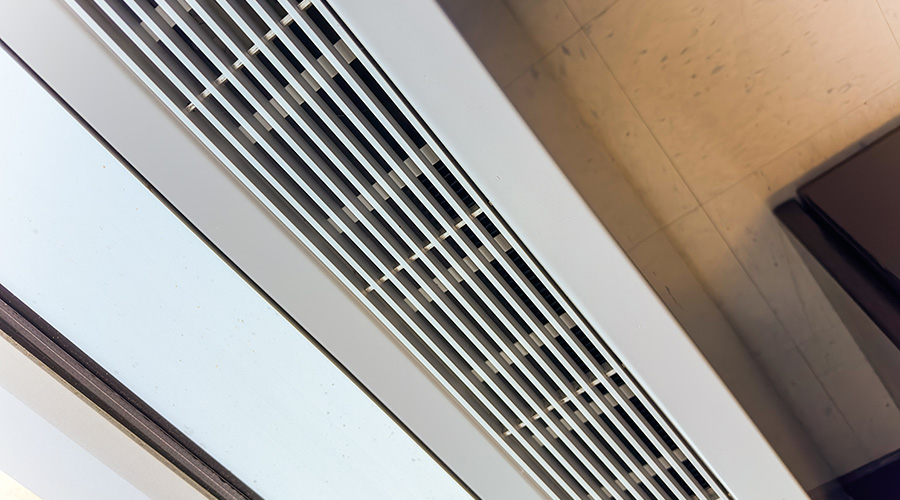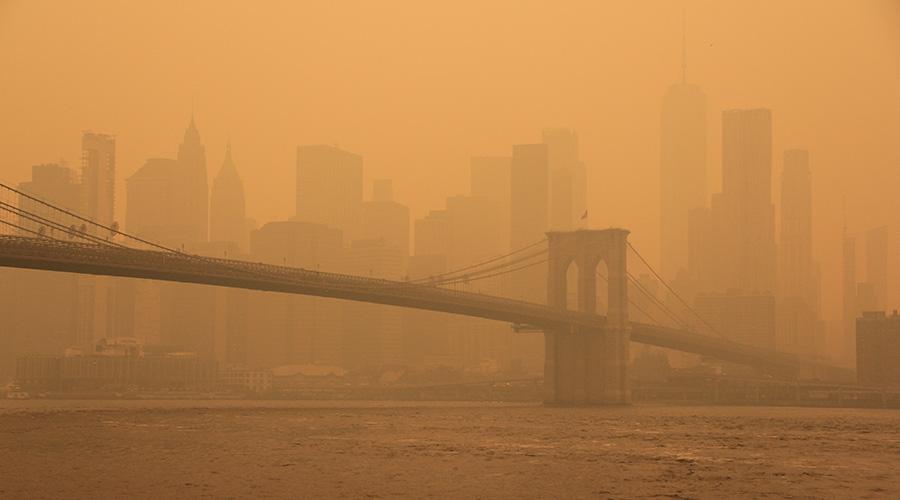What are the Most Common Sources of IAQ Issues?
Simply talking about the importance of healthy indoor environments in commercial and institutional facilities is one thing. Taking action to ensure indoor air quality (IAQ) contributes to the operational goals of facilities is a whole different animal.
Maintenance and engineering managers constantly seek out ways to improve IAQ. The evaluation process often results in managers revamping preventive maintenance (PM) tasks so technicians have a detailed game plan for monitoring and diagnosing building systems and components for IAQ deficiencies.
Properly diagnosing these problems starts with reviewing the most likely causes of problems that threaten IAQ, including airborne contaminants and excess moisture. Then, managers can use guidelines to help specify the most appropriate diagnostic technology, whether it is thermal-imaging systems, air-quality monitors, or flow hoods. Finally, taking a closer look at systems' impact on IAQ offers guidance for turning test results into successful actions technicians can employ.
IAQ Threats
Managers and technicians typically can inspect a few specific areas in facilities to identify causes of poor IAQ. Common sources of IAQ issues are these:
Air-supply intakes. They can cause IAQ problems for many reasons. They can receive an inadequate air volume, they are favorite roosting places for birds, and they might introduce contaminated outdoor air.
Sub-roof or below-grade areas. These areas are subject to moisture in still air, which results in mold growth. Crawl spaces where water can puddle unnoticed are a breeding ground for mold, pests and allergens that can cause respiratory illness.
Chemical storage areas. Cleaning chemicals, paints and other materials can evaporate and release toxic vapors and volatile organic compounds.
HVAC ducts. Ductwork that provides heated or cooled air to the facility also can be a culprit. Water induced into them from humidifiers in the winter and condensate in the summer can grow mold. Any time there is high temperature with no air circulation, mold can grow rapidly. Plus, mold can stick on substances that adhere to duct walls, loosen, then enter the air supply.
Related Topics:














